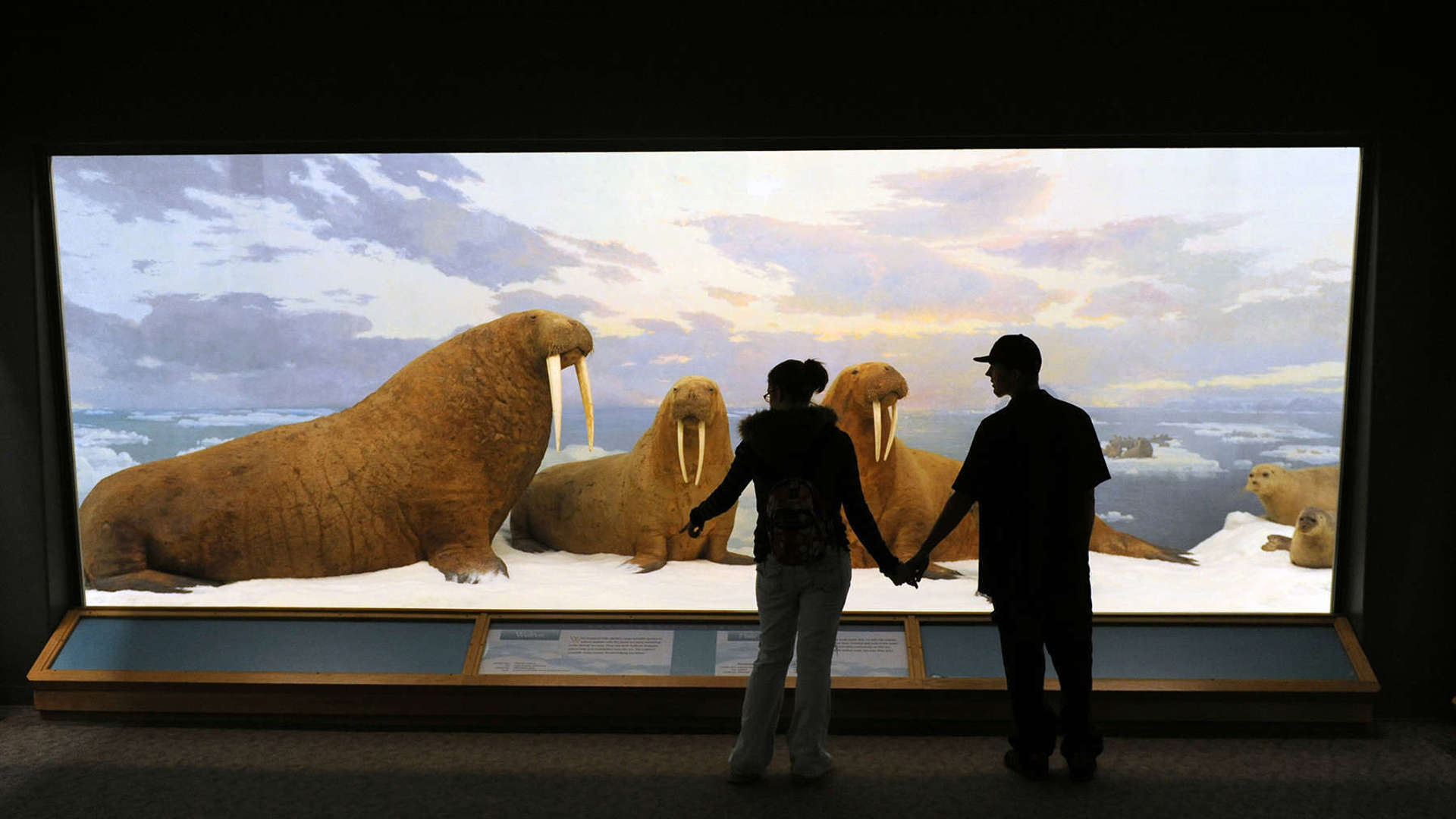
Exhibitions

Temporary Exhibitions
Extraordinary exhibitions, limited time. See what temporary exhibitions are now at the Museum!

Permanent Exhibitions
Black holes. Dinosaur fossils. Sparkling gems. Let your imagination run wild in our unforgettable exhibitions.